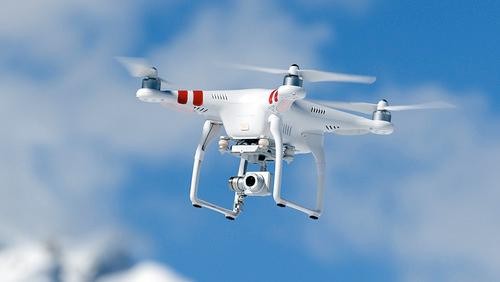 Rajiv Gandhi, born in 1944, served as the Prime Minister of India from 1984 to 1989. The first son of Indira and Feroze Gandhi, Rajiv attended Cambridge University, where he met and married Sonia. He was not a man of any unusual academic achievements or other distinctions, and appears to have had few ambitions until the death of his brother Sanjay in 1980. The following year, his mother, Prime Minister Indira Gandhi, appears to have induced Rajiv, an airline pilot, to enter politics. He stood successfully for election in 1981 and became a political adviser to his mother. After her assassination in 1984, Rajiv succeeded her as head of the Congress party, and was sworn in as Prime Minister of India. Rajiv, rather keen on preparing India for the twenty-first century, collected his buddies and cronies around him, and sought to increase Indian investments in modern technology. His "vision" of India, insofar as he had one, was that of a technocrat, and his policies did little to eradicate or diminish poverty and the vast inequities of power and wealth which are to be found in Indian society. Like his mother, he could not contain the political problems afflicting India, and found refuge in international entanglements and commitments. He committed the so-called Indian Peace Keeping Force (IPKF) to Sri Lanka in an endeavor to help the government there to eradicate militants agitating for a separate Tamil homeland. His period in office was marred by scandals and allegations of corruption on so huge a scale that he undoubtedly lost the election of 1989 partly on account of the public perception that he had received "kick-backs" from a Swedish company manufacturing Bofors machine-guns. The Congress suffered an electoral defeat. His successor, Vishwanath Pratap Singh, could not hold office for very long, and Rajiv started campaigning in earnest in 1991. It was while he was on this campaign in South India that a bomb explosion took his life; even his body could not be pieced together. As he had named thousands of buildings and institutions after his mother and brother, so his wife, Sonia Gandhi, has named everything after her dead husband.
Rajiv Gandhi, born in 1944, served as the Prime Minister of India from 1984 to 1989. The first son of Indira and Feroze Gandhi, Rajiv attended Cambridge University, where he met and married Sonia. He was not a man of any unusual academic achievements or other distinctions, and appears to have had few ambitions until the death of his brother Sanjay in 1980. The following year, his mother, Prime Minister Indira Gandhi, appears to have induced Rajiv, an airline pilot, to enter politics. He stood successfully for election in 1981 and became a political adviser to his mother. After her assassination in 1984, Rajiv succeeded her as head of the Congress party, and was sworn in as Prime Minister of India. Rajiv, rather keen on preparing India for the twenty-first century, collected his buddies and cronies around him, and sought to increase Indian investments in modern technology. His "vision" of India, insofar as he had one, was that of a technocrat, and his policies did little to eradicate or diminish poverty and the vast inequities of power and wealth which are to be found in Indian society. Like his mother, he could not contain the political problems afflicting India, and found refuge in international entanglements and commitments. He committed the so-called Indian Peace Keeping Force (IPKF) to Sri Lanka in an endeavor to help the government there to eradicate militants agitating for a separate Tamil homeland. His period in office was marred by scandals and allegations of corruption on so huge a scale that he undoubtedly lost the election of 1989 partly on account of the public perception that he had received "kick-backs" from a Swedish company manufacturing Bofors machine-guns. The Congress suffered an electoral defeat. His successor, Vishwanath Pratap Singh, could not hold office for very long, and Rajiv started campaigning in earnest in 1991. It was while he was on this campaign in South India that a bomb explosion took his life; even his body could not be pieced together. As he had named thousands of buildings and institutions after his mother and brother, so his wife, Sonia Gandhi, has named everything after her dead husband.
Unlike his grandfather, Jawaharlal Nehru, or even his mother, Indira Gandhi, Rajiv appears to have been singularly lacking in intellectual attainments, and his interventions in Parliamentary debates were notoriously prosaic and dull. His years in office cannot be described as having contributed in any healthy way to the political life of the nation, and the precipitous decline of the Congress party can also be attributed to his inept handling of party affairs, and the encouragement he gave to those willing to do his bidding.


